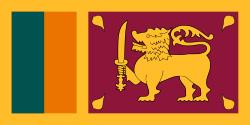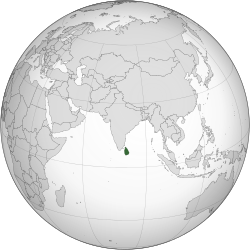Contents
- Overviews
- History
- By era
- By topic
- Geography
- Government & military
- Demographics
- Economy
- Culture
- Art & architecture
- Science & technology
- Society
- See also


This is a bibliography of works on Sri Lanka.


This is a bibliography of works on Sri Lanka.
{{cite book}}: |last1= has generic name (help){{cite book}}: ISBN / Date incompatibility (help); |last1= has generic name (help){{cite book}}: ISBN / Date incompatibility (help)